Arthrosis is not an acute condition, but a slowly progressive destruction of the shock -abrasion tissue and a reduction in the amount of synovial fluid in the articulation of the knee. Elastic tissue ensures the elasticity and mobility of the limbs, but in the middle and the elderly people, the cartilage trinus loses this property.
Interesting! You can often hear the middle number people talk about the deposition of salts. This term is incorrect, the body is not located in salt, on the contrary, there is synovial membrane dystrophy.
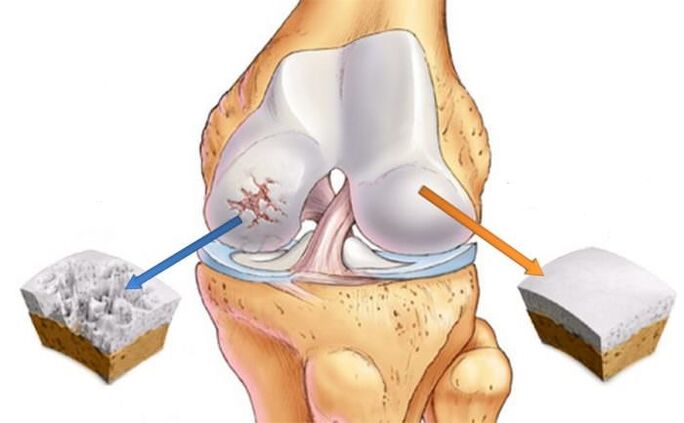
Gradually reduces the depreciation between the femur and the Swiss caps and start rubbing with each other. And despite the fact that the human bones are very strong and able to resist straight pressure at two hundred kilograms, they are erased from constant friction, the osteophytes appear - the growth of bones instead of the natural joint.
The post -traumatic form of this disease occurs in young people who love sport or after a car accident and after other serious limb damage.
If we list the main factors that contribute to the disease, the main causes of the arthrosis of the knee joint can be distinguished:
- Age over forty years, especially in women.
- Systemic diseases of the connective tissue - arthritis, red lupus, gout.
- First and second types of diabetes.
- Overweight, which causes chronic increased loads of limbs.
- Sitting or standing in a compulsive situation.
- Post -traumatic state of the legs.
In the latter case, the disease is usually a complication of acute hemarthrosis, which involves extensive bleeding in the cavity of the knee joints. The reason for the transition to a chronic and more difficult phase is the impending method of treatment or the lack of medical intervention.
Clinical picture
Signs of arthrosis in the early stages of the knee joint were most often observed. Very rarely, one draws attention to minor differences from the norm of the first stage of the disease. The symptoms can be seen quickly with the arthrosis of the knee joint. Such diseases occur:
- light crop production during movements and sharp change in posture;
- numbness in the lower leg;
- Increased fatigue in the evenings or after a long walk.
This is especially true for the central people who write this condition to age and think they should be so. In fact, gonarthrosis, unlike post -traumatic conditions for a long time, does not cause serious discomfort, and people very rarely think about preventing such a disease.
In order not to miss the incidence of the second degree of arthrosis of the knee joint, such manifestations should not be noticed:
- swelling;
- fatigue and difficulty in the legs;
- If necessary, it is difficult to climb a steep stairs.
However, such symptoms often need to be paid to sufficient attention and the disease progresses. Clinically significant symptoms occur:
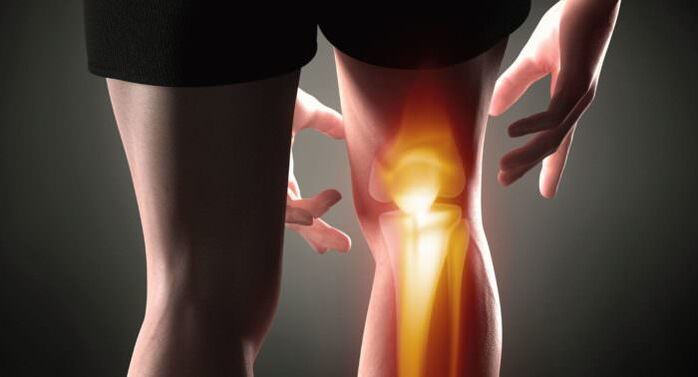
- The pain is pulled or pressed in the evening and after awakening.
- The poor mobility of the limb.
- Swelling that does not depend on the condition of the kidneys and the amount of drunken fluid.
- Gradually increasing the joints.
- The inability to stay in one position for a long period of time or to stand.
- Occasionally, the redness around the knee occurs.
Such changes are typical of chronic gonarthrosis. In the post -traumatic form, the symptoms increase suddenly, and the clinical image of the injury itself develops within a few hours or days. Acute, hard -transplanted pain dominates, the injured leg is significantly swollen, and the injured area is observed, and one cannot step on the leg. Without post-injury treatment, atroza is most often developed rapidly, and in rare cases, slow development, in which the patient is malated after 2-7 years.
Important! Despite the rather characteristic clinical picture, the final diagnosis is made after full examination. Diagnosis methods are a full -time examination of ultrasound or X -ray, a rheumatologist or traumatologist.
Ultrasound and X -ray photos will show the internal change in synovial shell and the degree of osteophytic growth. Depending on the neglect of the pathological process, the treatment method is prescribed and each method is selected.
Types of gonarthrosis therapy
Everyone who is made with proper diagnosis is definitely the question: How to treat the knee joint artrosis? Medication offers:
- Conservative therapy using drugs;
- simultaneous resort sanatorium treatment;
- Folk methods for the fight against the disease with proven effectiveness.
The efficiency of the treatment indicates surgical intervention.
Medicine
If a person is diagnosed in the arthrosis of the knee joint, treatment is mainly selected from the drug complex. The traditional list contains various types of drugs from painkillers and chondroprotectors.
The purpose of ointments is to reduce pain and improve the patient's general condition. Non -sertoidal analgesics are usually used.
Occasionally, the drugs are administered directly into the synovial bag concerned. It is prescribed to alleviate symptoms:
- Salipates.
- Oxics.
- Derived prolionic acid.
Non -sertoid anti -inflammatory and analgesic drugs effectively remove discomfort, and even severe pain have eliminated side effects, especially carefully to use the patient with the patient and liver.
Hormonal drugs are prescribed to the third degree of gonarthrosis when the process has gone far and requires severe opposition. Cortisol -containing drugs are introduced directly into the cartilage and have a very quick positive effect, but the side effects negatively affect both internal organs (liver, heart, blood vessels) and the patient's endocrine background. Therefore, they are only prescribed in the absence of explicit contraindications and only for a short treatment.
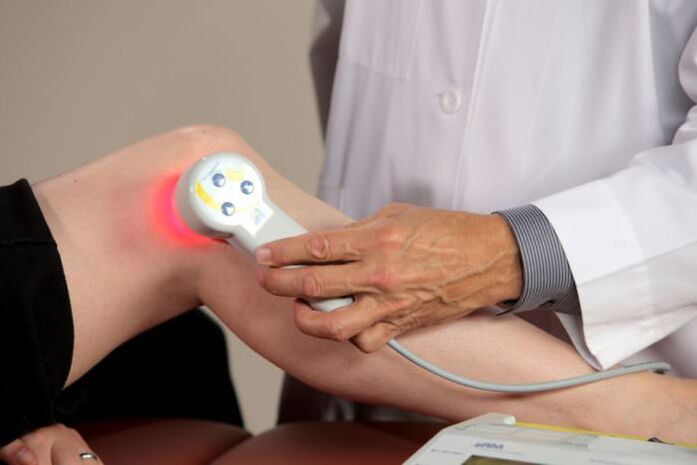
Chondroprotectors are used to restore damaged joint tissues. It is always prescribed for post -trarthrosis to make the body more actively the synovial fluid and regenerate the damaged cartilage. Condroprotectors are accepted for a long time due to the slow effect. Their reception requires accuracy and systematics. Specific doses are selected, taking into account the age, characteristics of the health condition and tolerance to the patient of each drug.
Interesting! The latest way of regeneration of cartilage is hyaluronic acid, which is mainly found in cosmetology.
Acupuncture in joint pathologies
This method of healing has not been accepted by official medicine for a long time. However, acupuncture is now a strong position in the treatment of chronic diseases, including any pathology of the lower limbs. Acupuncture sessions properly selected by an experienced specialist are able to save a person from discomfort in a rather short period of time and stimulate their body to produce a synovial fluid and regenerate cells in cartilage.
The technique includes the effect of biologically active zones and restore the proper functioning of all life systems, which is good to prevent painful conditions. However, certain rules must be followed with acupuncture. Acupuncture is prohibited in the following circumstances:
- Serious immune changes - immune deficiency, strong endocrine disorders (kushing syndrome).
- Tuberculosis and tendency to bleed.
- History of oncological diseases.
- Mental instability, depression, anxiety syndrome.
- Serious injuries.
- The intoxication of any genesis, including chronic alcoholism.
We recommend that you visit the first few sessions of acupuncture with close relatives or friends, as acupuncture contributes to significant muscle relaxation and may need help.
Therapeutic gymnastics and physiotherapy
Any joint pathologies of any origin are well exposed to physiotherapy and exercise. The concept of physiotherapy generally includes manual, magnetic, mud, electrotherapy and other types of gonarthrosis.
Manual therapy is most often combined with the LFK complex. Exercises are used to heat muscles and joints. The purpose of the manual method is:
- improving the general condition of a person;
- increase in blood flow towards the sore spot;
- Strengthening body regeneration potential;
- Reducing pain and other symptoms of the disease.
This type of treatment should be well aware of his work. The right massage is always directed towards lymphatic flow, and any painful or simply discomfort is unacceptable. It is always worth clarifying the composition of the rubbing and ointment used, as the patient may have allergies for a separate part of the active parts.
Shade! If the patient examines the relevant literature and views the necessary photos and videos, you can learn how to rub the movements alone.
Folk medicines
In the early stages of the disease, folk drugs justify their use than conservative therapy. Unlike steroids or NSAIDs, they are safe for human health and have proven efficiency in low and non -resistant manifestations and are also suitable for preventing pathological changes.
General recipes and methods of influence:
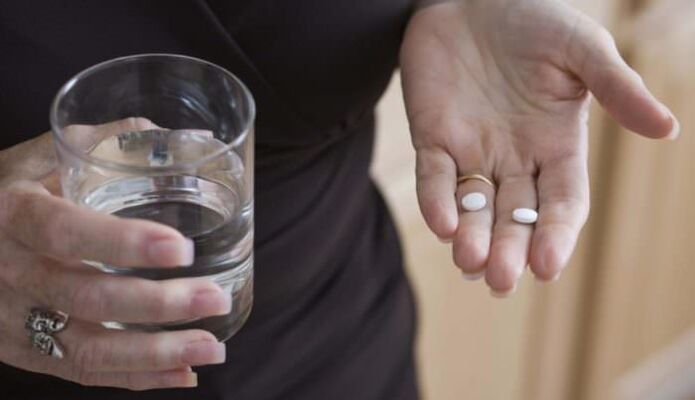
- The 5-6 amounts of inserts are attached to the sore spot, which is previously lubricated with sunflower oil. There is a plastic bag and a wool scarf. The compression remains at night.
- The birch leaves, which are necessarily collected early in April, are placed on a sore limb in extreme cases in extreme cases. Compression cannot be thinner than 3-4 cm. He stayed overnight.
- Honey massage. Coat the preheated leg with a thin layer of honey and gently massage for ten to fifteen minutes. Repeat every day for one month.
- Onion decoction. Boil a large onion with a shell until full softness is. The resulting material is drinking in a glass every day.
- Celandine. If you soak the plant with a bandage (or a ragged) juice, roll your legs around half or one hour. The course lasts at least one week, it is advisable to repeat three times.
Folk methods can be combined with each other, using multiple recipes at the same time. Statement: Do not use as a substitution therapy, but should be complemented by traditional medicine.
Preventive measures of gonarthrosis
The approach to healing cartilage should be complex and systemic. This includes a full review of lifestyle and adherence to certain recommendations:
- Reduction body weight. Because overweight is extremely negatively affecting the condition of the bones and joints, patients are recommended for weight loss.
- The diet with the disease should limit calories, except for red and fatty meat, fast food, fried foods, sausages, sweets and white bread, butter. Olive oil is recommended from vegetable fats and is only recommended as a gas station for salads. It is useful to use seafood and seafood, unweater fruits and vegetables. Low fatty colds and fruit gels should be included in the energy plan, preferably without sugar.
- The denial of smoking and alcohol consumption - both of which affect all organs, including connective tissue, and with longer smoking experience, the bones become thinner and cause accompanying problems - osteoporosis.
- Dosed physical activity. The pathologies of the limbs are contraindicated by both hypodynamia and increased activity. People who have previously dealt with power and extreme sports must leave the hobbies and replace them less dangerous to the body. On the contrary, if a person is accustomed to a meeting in the office all day, he or she should organize hiking and jogging and gymnastic exercises from the collection of exercise therapy. Pool campaigns are very useful.
- Periodic relaxation and accompanying therapy with mineral waters in special resorts are extremely important.
Patients have been shown to avoid excessive physical activity, especially weight lifting. In women, they sometimes provide oral or injectable hormones in order to increase the amount of estrogen in the blood.
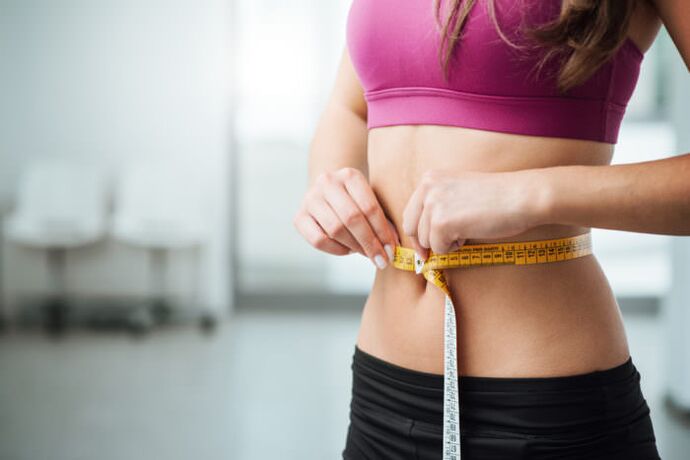
Forecast for recovery
Is it possible to cure the arthrosis of the knee joint? It is not possible to completely get rid of pathology, but it can slow down degenerative processes. It is best to have the first and second stages of post -traarthrosis of the post, while in the third stage, with outstanding pathological processes, often conservative effects are not enough and surgical intervention is required.
Surgery is performed in the most severe cases where the joint is completely destroyed and replaced by stainless steel or metal -plastic analog. However, with timely measures, the prognosis remains favorable, and the synovial fluid and the complete regeneration of connective tissues are possible. To observe health, prevention and proper lifestyle, avoid injuries - the key to leg health and elasticity.
























